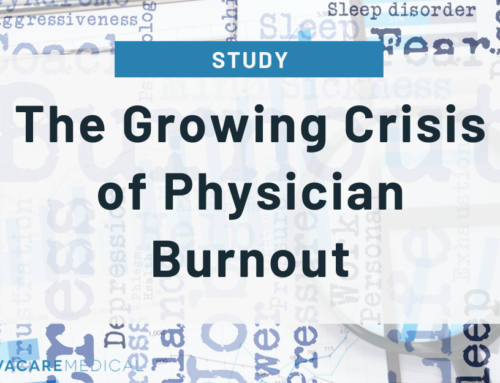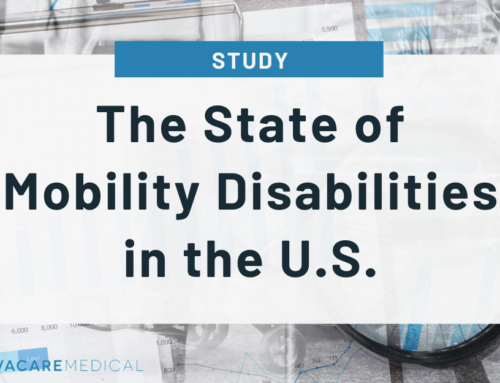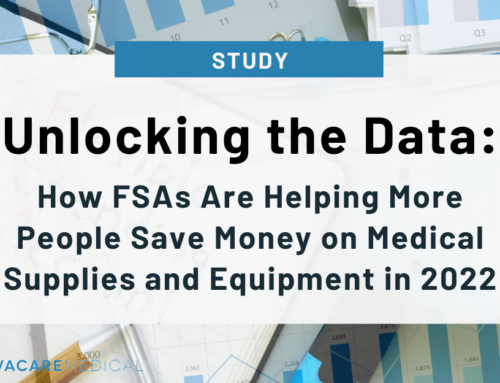A person’s career can significantly impact their well-being through numerous factors such as the type of work they do, the hours they work, the environment in which they work, and the level of stress they experience. In this article, we will explore how career choices made early in life can impact health later, which we have classified into two broad categories: Physiological and Psychological. Moreover, this article also discusses some strategies for making healthy career choices.
1. Physiological Impact:
Your job has the power to shape your health in profound ways – especially when it comes to the physical demands it places on you. For example, construction, manufacturing, and farming jobs may involve heavy lifting, working with machinery, or exposure to hazardous materials. These types of jobs may be associated with an increased risk of musculoskeletal disorders such as back pain or carpal tunnel syndrome, respiratory problems, and other physical health problems. These disorders can be chronic and may require ongoing treatment, which can impact a person’s quality of life and ability to work. On the other hand, jobs that involve sedentary behavior, such as sitting at a desk all day, can also harm health and increase the risk of obesity, type 2 diabetes, and cardiovascular disease. People in sedentary jobs need to incorporate physical activity into their daily routine, such as by taking breaks to stretch or go for a walk, to counteract the negative effects of sedentary behavior.
2. Psychological Impact:
Aside from physical demands, mental health implications are equally important to consider when making career choices. Some jobs, such as those in the healthcare or emergency services fields, can be high-stress and emotionally demanding. These jobs can lead to burnout and an increased risk of mental health issues, such as depression and anxiety.
On the other hand, jobs that provide a sense of purpose and satisfaction and offer opportunities for personal growth and development can positively impact mental health. A person’s work environment and the culture of their organization can also play a role in their mental well-being. A supportive and positive work environment can foster mental health, while a toxic or negative environment can have negative effects.
Key Findings
A sizable portion of the US workforce reports excessive levels of job stress, with one study finding that 78% of workers experience physical symptoms of stress, and 76% experience psychological symptoms (Mental Health America, 2020).
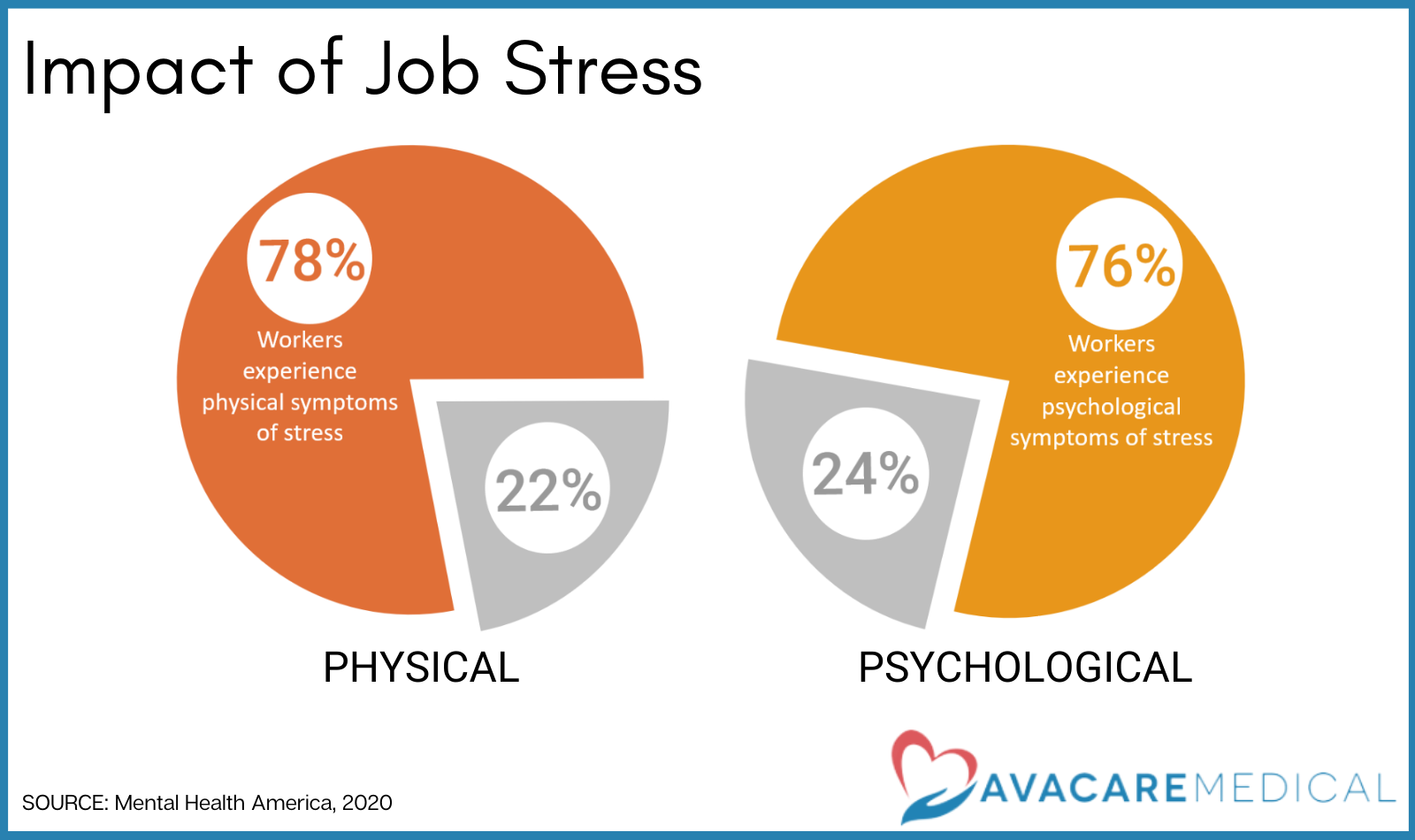
Among full-time workers in the private sector in the United States, only 50% have access to paid time off, and just 23% have access to flexible work schedules (Boushey & Glynn, 2021). This can make it difficult for individuals to prioritize self-care and engage in behaviors that support their physical and mental well-being.
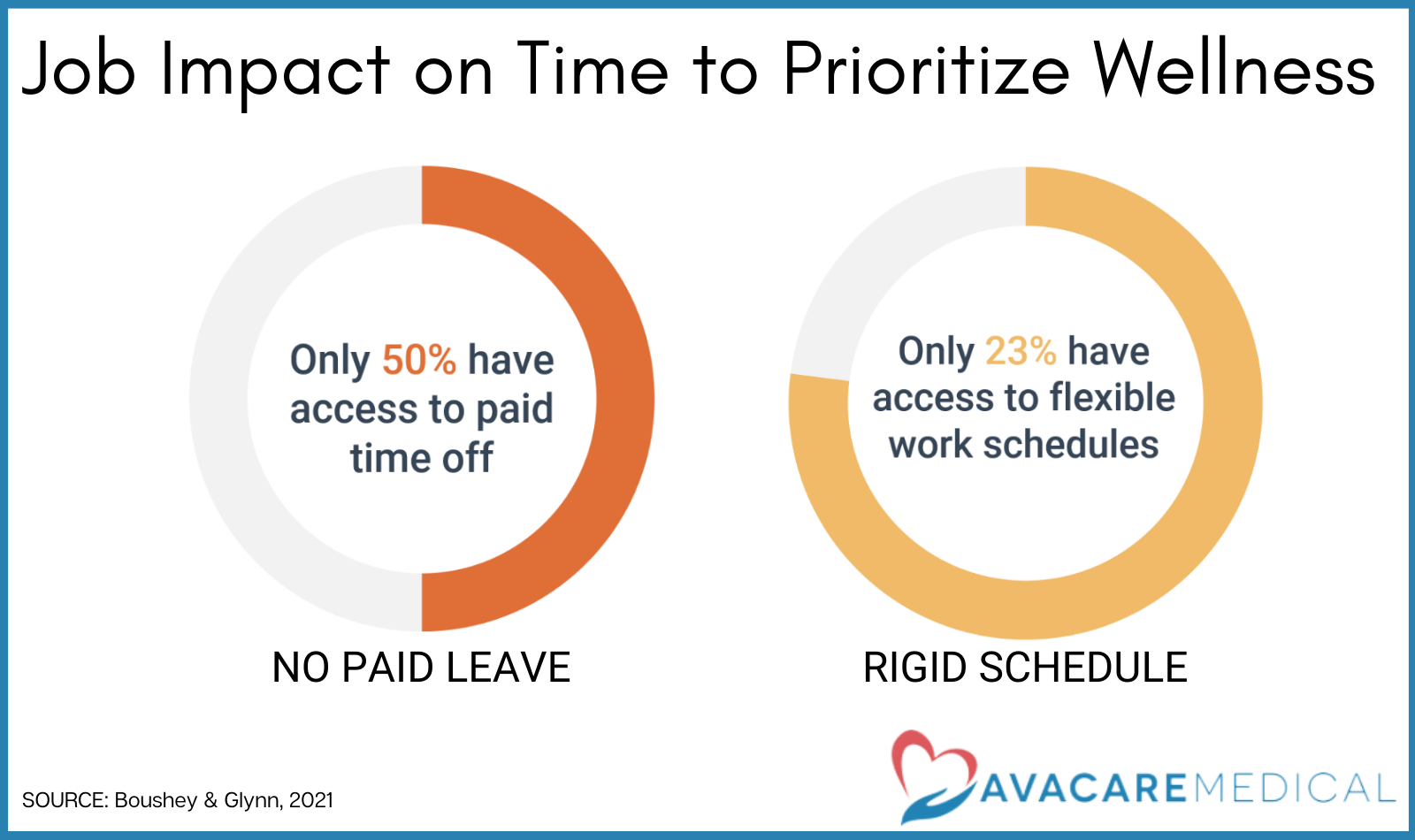
A study conducted by the National Longitudinal Survey of Youth (NLSY) in 1979 followed a group of people aged 14 to 22 years old. When the survey began in 1979, the researchers examined the job satisfaction levels of these individuals from ages 25 to 39 and then collected data on various health measures when they turned 40. The participants rated their job satisfaction on a scale from one (dislike very much) to four (like very much).
Around 45% of the participants in the study consistently reported low job satisfaction, while 23% reported decreasing satisfaction over time. In contrast, 15% of the participants consistently reported higher levels of job satisfaction, while 17% reported increased satisfaction over time.
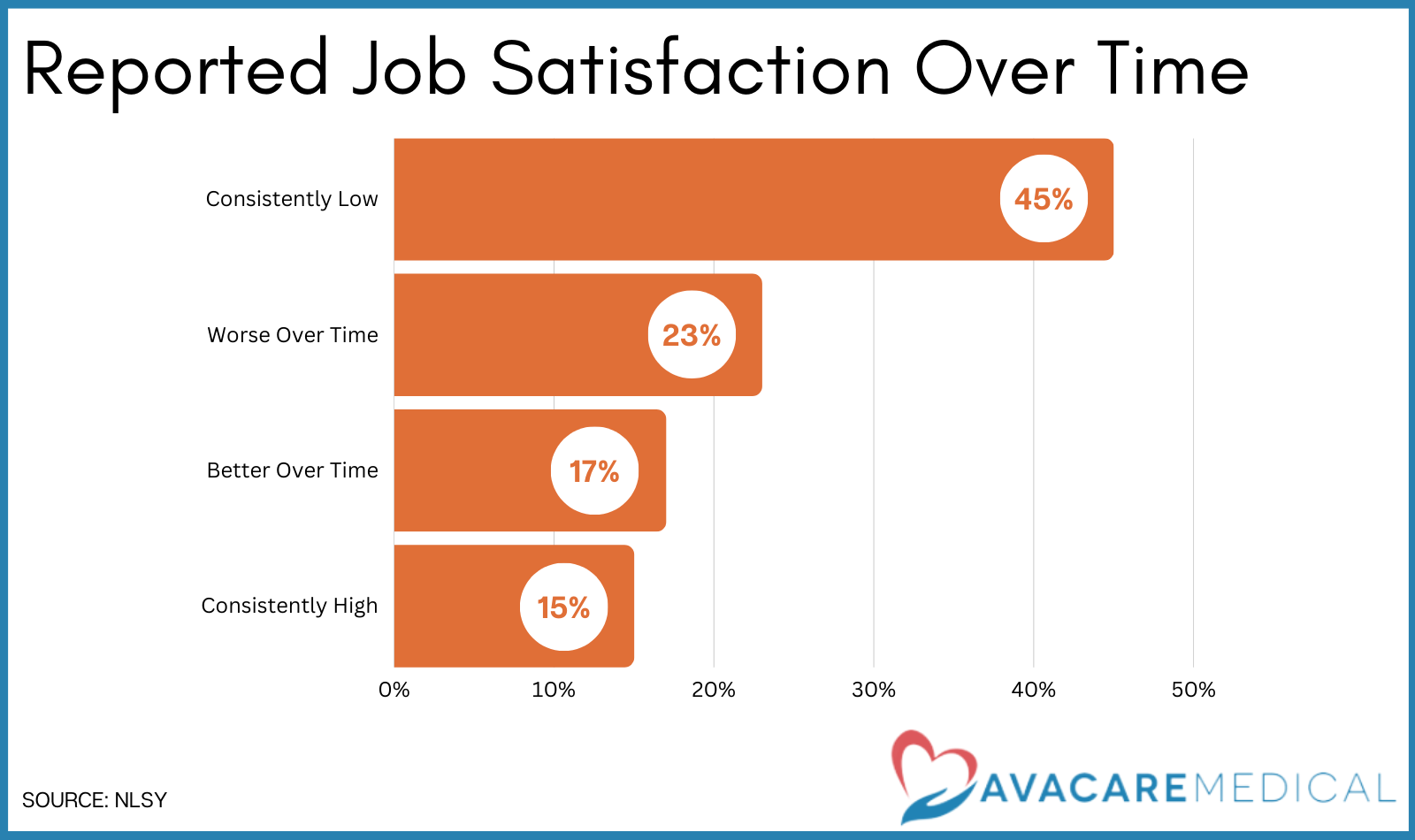
When the researchers compared the health outcomes of these four groups, they found that those who consistently reported low job satisfaction had worse scores on all five measures of mental health. These individuals reported higher rates of depression, sleep problems, and excessive worry, and were more likely to have been diagnosed with emotional problems. They also had lower scores on a test of overall mental health. The physical health of those with low job satisfaction was not as greatly affected, but they did report poorer overall health and more issues such as back pain and frequent colds compared to those with high job satisfaction.
Analyzing the Evidence: Uncovering the Hidden Health Risks of Career Choices
Health Risks of Rubber Dust Exposure
A study has found that working in a rubber factory for a prolonged period can have serious health consequences. The research followed 36,441 males aged 35 and over who were employed in British rubber factories and were tracked up until 2015, with 94% of the deceased. The study looked at the risks of dying from non-cancer diseases such as respiratory, urinary, cerebrovascular, circulatory, and digestive diseases.
- Occupational exposures to rubber dust, rubber fumes, and N-nitrosamines were determined based on measurements in the EU-EXASRUB database.
- The study found a clear association between increased exposure to N-nitroso morpholine and a higher risk of death from circulatory diseases (1.17), ischemic heart disease (1.19), and cerebrovascular disease (1.19).
- Exposure to N-nitroso dimethylamine was found to be associated with a higher risk of death from respiratory disease (1.41).
- The study also found that higher levels of exposure to rubber dust, rubber fumes, and N-nitrosamines were associated with an increased risk of death from circulatory, and digestive diseases.
- However, no associations were observed between rubber dust, rubber fumes, and N-nitrosamine exposures with mortality from asthma, urinary disease, bronchitis, emphysema, liver disease, and some digestive diseases.
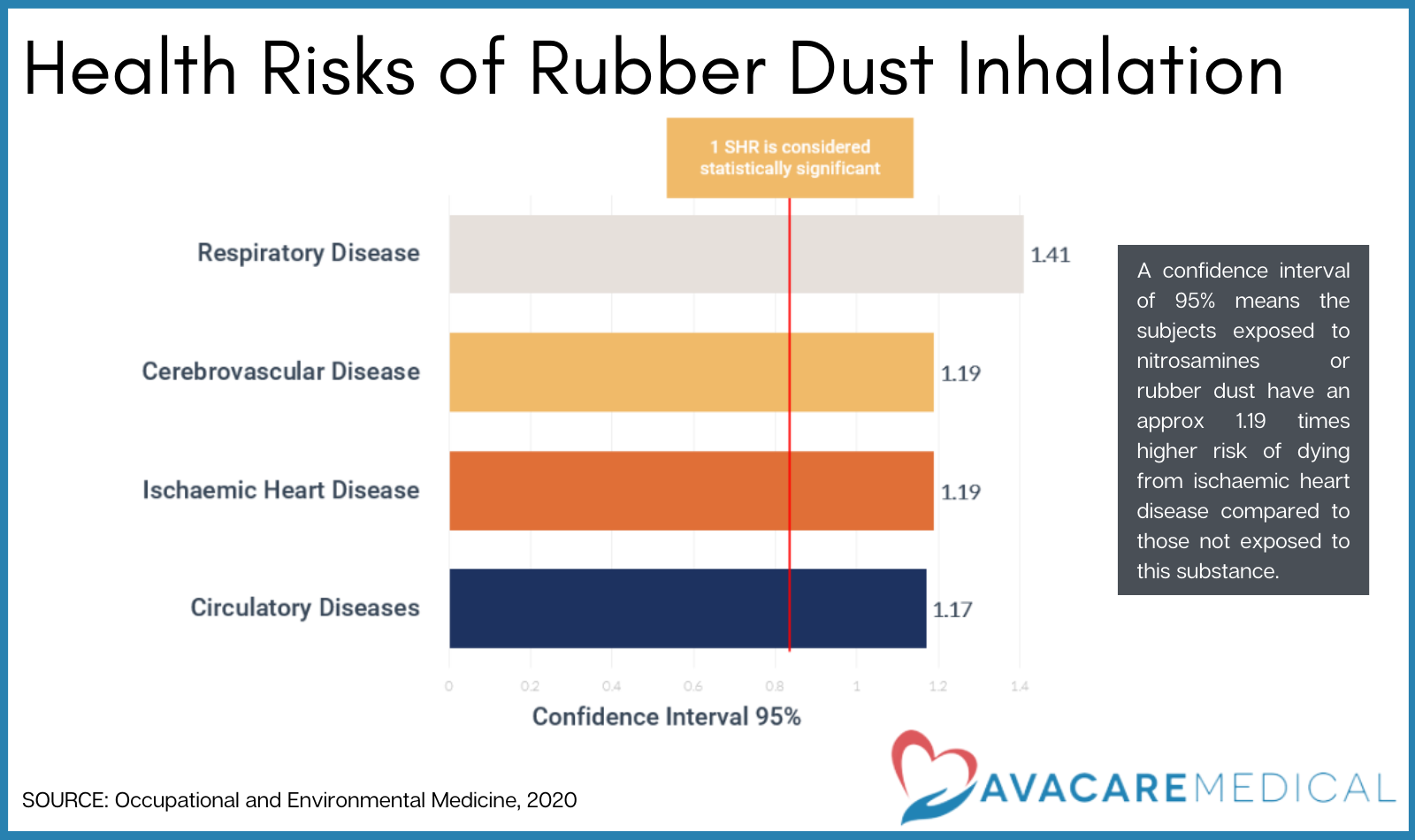
The findings of this study suggest that working in a rubber factory can lead to an increased risk of death from serious diseases such as circulatory, cerebrovascular, respiratory, and digestive diseases.
Health Risks of Vibration Hazards
Here we will analyze how workers in different industries are affected based on the nature of their jobs based on the data from a study by the Bureau of Labor Statistics (BLS).
This study considers the dangerous impact of hand-transmitted vibration (HTV) and whole-body vibration (WBV). HTV exposure can come using powered-hand tools. Whereas, WBV can come through driving delivery vehicles, earth-moving equipment, or using tools that generate vibration at low dominant frequencies and high amplitudes, such as jackhammers. Below is a quick summary of what injuries and illnesses are caused by these HTV and WBV.
In the United States, Workers in the Transportation, Warehousing, and Utilities (TWU) sector make up approximately 3.2 % of the workforce. In 2015 approximately 774,900 workers (or 22.3% of all workers in the TWU industry) missed days of work because of illness or injury. Common injuries and illnesses include back, neck, and shoulder pain, headaches and dizziness, motion sickness, and gastrointestinal, cardiovascular, and peripheral sensory problems.
Agriculture, Forestry, and Fisheries (AgFF) employ approximately 8% of the total workforce. Approx. 15.25% of workers in these industries experience an injury or illness that results in missed workdays. The most common reasons for missed work include physical injuries and musculoskeletal disorders. Workers in these industries also face exposure to pesticides and extreme temperatures, which could also increase their risk for certain types of cancer, respiratory issues, and neurodegenerative diseases. Approximately 4% of workers are in Construction and 0.4% are in Mining. 5.8% of construction and 0.3% of mining employees missed days of work due to a work-related illness or injury, respectively. These workers are at an elevated risk specifically because of vibration exposure, awkward postures, and heavy lifting. In addition, they are exposed to inhaled toxicants such as dust and chemicals which contribute to the development of many diseases seen in miners and workers in the construction industry.
Manufacturing is a vital industry that employs 7.9% of the workforce in the United States. 74% of the workers in manufacturing occupations are exposed to vibration, making this a significant cause of concern. In 2015, 12.5% of people employed in this sector missed workdays due to illness or injury. These workers are primarily exposed to hand-arm vibration (HAV). Additionally, they are exposed to awkward postures, repetitive motions, and various chemicals that can be inhaled or absorbed through the skin.
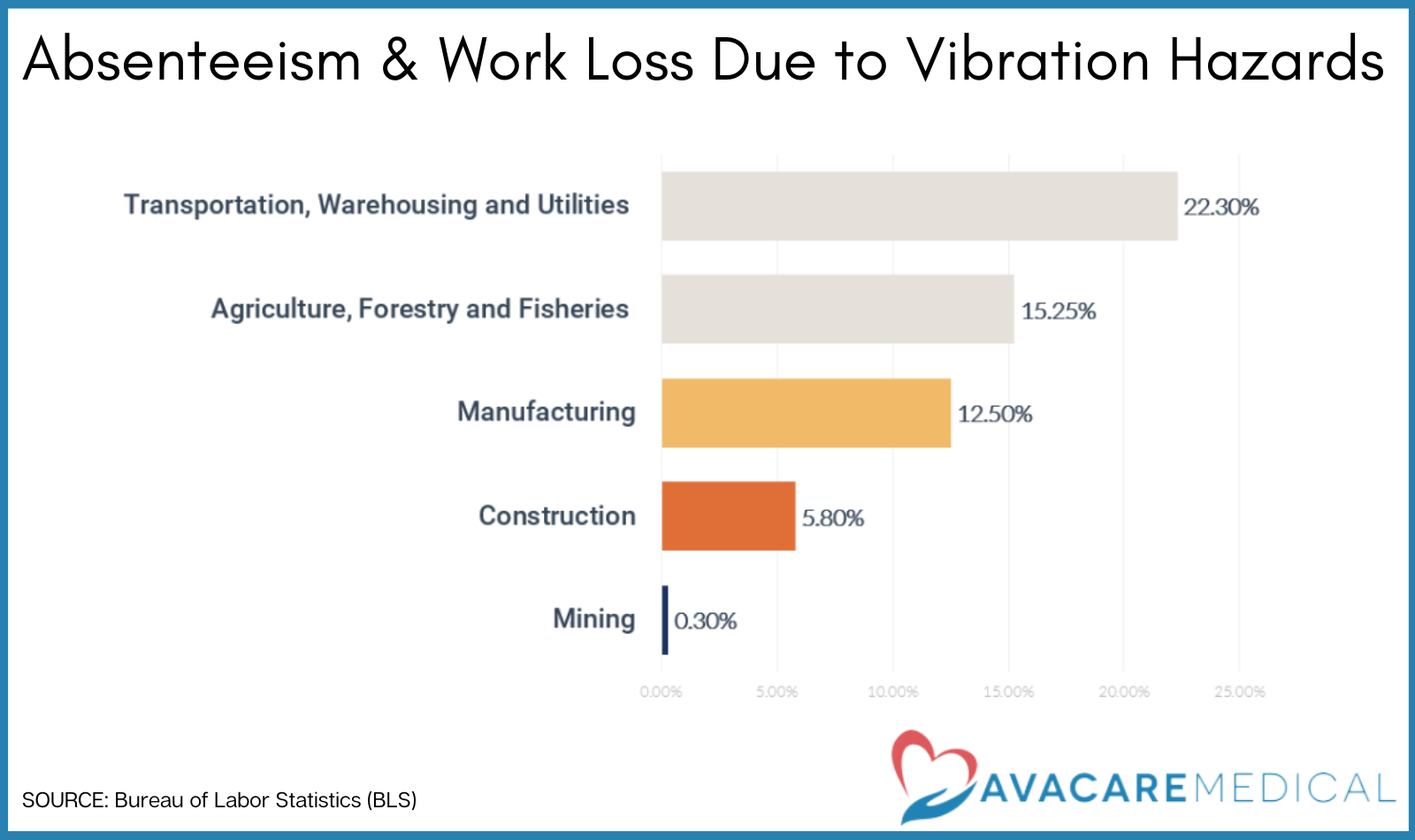
AvaCare Medical Customer Survey: Insights
We conducted a survey among our customers on how career choices made in life impact overall well-being. The survey was completed by a selection of participants who opted into the study. It revealed that 59% of customers reported that their job has a significant impact on their overall well-being. On the other hand, 41% of respondents felt that their job did not affect their health. Below is a visual representation of the survey results.
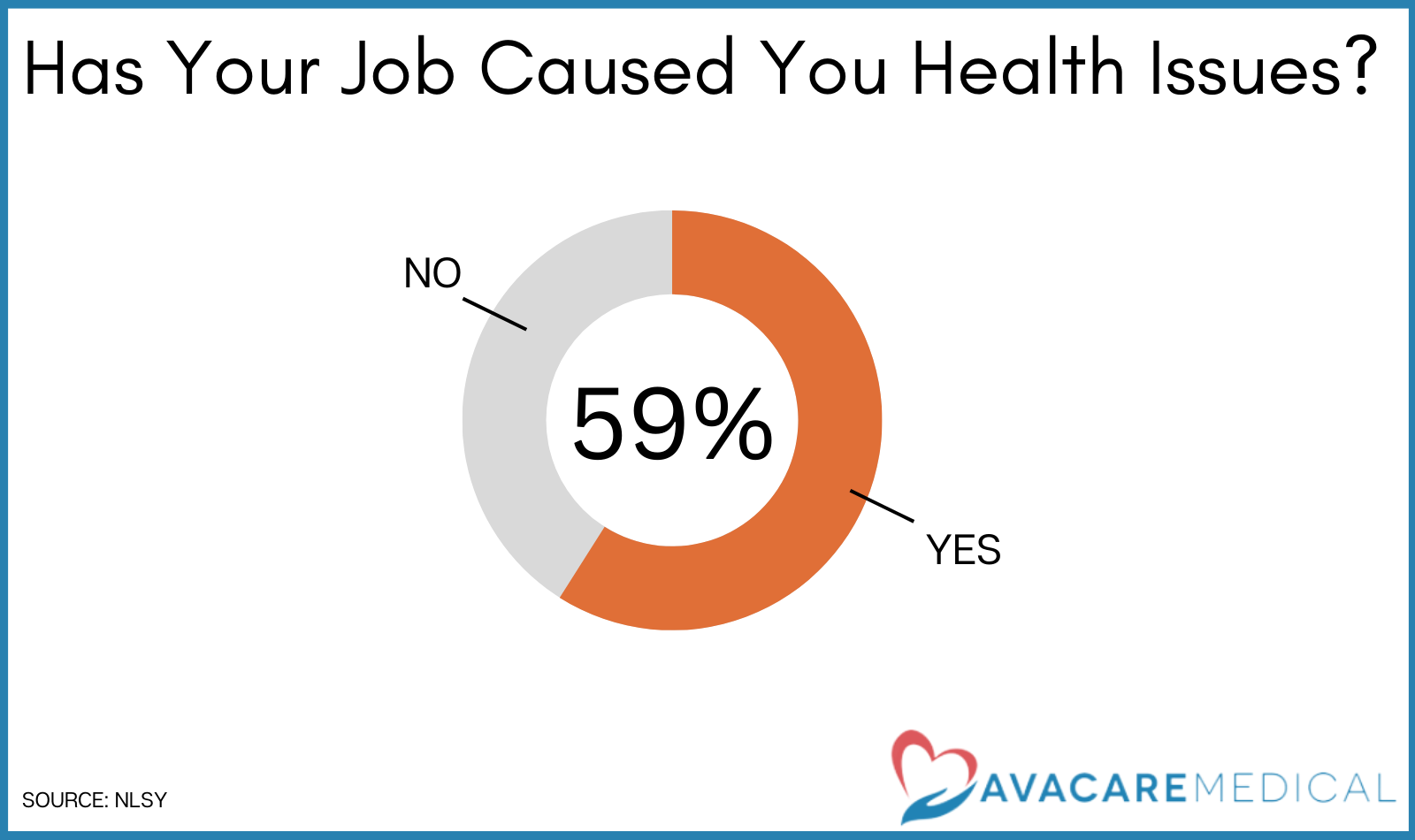
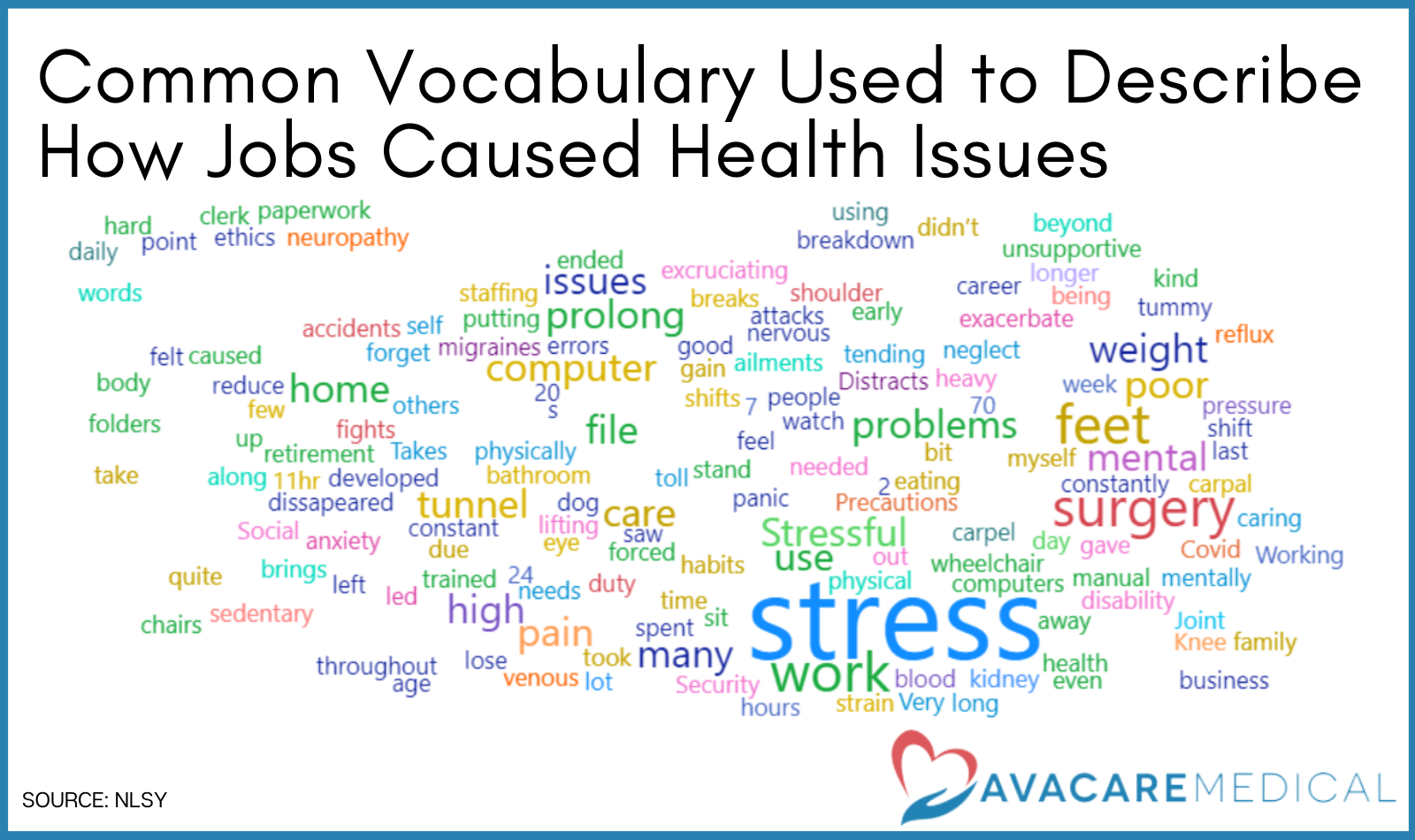
Takeaway Tips
Given the potential impact of career choices on health, it is crucial that we thoughtfully evaluate our options and make informed decisions that prioritize our physical and mental well-being. Here are a few tips to help you do just that:
- Identify your values and priorities: Before making a career decision, it is important to think about what is most important to you. Do you value flexibility, creativity, or security? Do you prioritize work-life balance or professional development? By identifying your values and priorities, you can better align your career choices with what is most important to you and increase the chances of finding fulfilling and rewarding work.
- Research the demands and risks of different careers: Before making a career decision, it is important to research the demands and risks of different careers. This will help you understand the potential physical and mental challenges of different jobs and make an informed decision about which career is the best fit for you.
- Seek out jobs that align with your values and priorities: Once you have identified your values and priorities and researched the demands and risks of different careers, it is important to seek jobs that align with them. This will help you find work that is fulfilling and rewarding and reduce the risk of burnout and stress.
- Take care of yourself: Regardless of the career you choose, it is important to prioritize self-care and take steps to maintain your physical and mental well-being. This may include getting enough sleep, exercising regularly, eating a healthy diet, and taking breaks to rest and recharge.
Conclusion
In summary, the career choices we make at the beginning of our lives can significantly impact our health in our later years. Job stress, access to self-care resources, physical demands, and work environment are all factors that can influence our health outcomes. By being mindful of these factors and making well-informed decisions, we can ensure that we are setting ourselves up for success and prioritizing our long-term health and well-being.
Methodology
Different research articles and publications were consulted for presenting the analysis.



